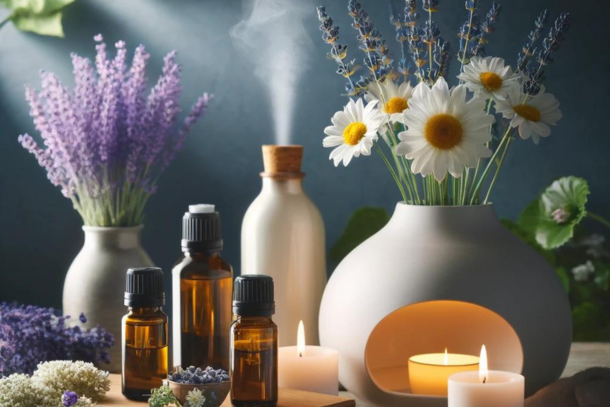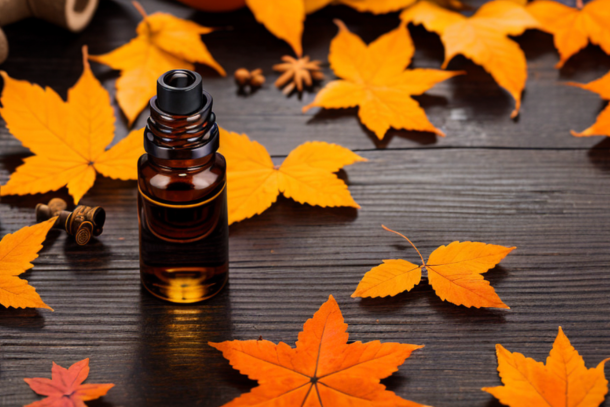Unlocking the Mystery: What ASMR Really Stands For

Have you ever experienced a tingling sensation in your scalp, neck, or spine while listening to a soft whisper or a gentle tapping sound? If yes, then chances are that you have experienced Autonomous Sensory Meridian Response or ASMR. Despite being a relatively new phenomenon, ASMR has gained immense popularity among people who seek relaxation, stress relief, or better sleep.
But what exactly is ASMR, and why does it induce such a unique sensation? In this article, we will unlock the mystery behind ASMR and explore its science, history, and potential benefits. From the origins of the term to the latest research findings, we will delve into the world of ASMR and shed light on some of the most common triggers, misconceptions, and controversies. Get ready to discover a fascinating and intriguing aspect of human perception that may change the way you experience sounds and sensations forever.
What does ASMR stand for?
ASMR stands for Autonomous Sensory Meridian Response. It's a tingling sensation that spreads from the scalp to the neck and spine, often accompanied by a feeling of relaxation and calmness. The term "autonomous" refers to the fact that it's a spontaneous response and not something that can be induced intentionally. The term "sensory" refers to the fact that it's a sensation that's experienced through the senses, primarily through hearing and touch. The term "meridian" refers to the traditional Chinese medicine concept of meridians, which are channels of energy that flow through the body. However, there is no scientific evidence to suggest that ASMR is related to meridians or any other traditional healing practices.
The science behind ASMR
Despite the growing popularity of ASMR, there is still much to learn about it. Research on ASMR is still in its infancy, and there is no consensus on its underlying mechanisms. However, some studies have shed light on the neural and physiological basis of ASMR. One study found that people who experience ASMR have a lower heart rate and increased skin conductance response, indicating a state of relaxation. Another study found that ASMR triggers activate brain regions associated with reward, attention, and emotional processing. These findings suggest that ASMR may have a therapeutic effect on stress, anxiety, and insomnia.
Types of ASMR triggers
ASMR triggers are auditory and visual stimuli that induce a tingling sensation. The most common ASMR triggers are whispering, tapping, scratching, and brushing sounds. Other triggers include crinkling, chewing, blowing, and personal attention, such as haircuts and massages. ASMR triggers can also be visual, such as watching someone draw or paint. The effectiveness of ASMR triggers varies from person to person, and what works for one individual may not work for another.
The benefits of ASMR
ASMR has been reported to provide a range of benefits, from relaxation to pain relief. Some people use ASMR as a sleep aid, while others use it to relieve stress and anxiety. ASMR has also been used in therapy to treat conditions such as depression, PTSD, and chronic pain. However, more research is needed to determine the therapeutic effects of ASMR and the conditions that it can effectively treat.
ASMR community and culture
ASMR has given rise to a vibrant community and culture. ASMR enthusiasts share their experiences, tips, and recommendations on social media platforms such as YouTube, Reddit, and Instagram. ASMRtists, or creators who produce ASMR content, have gained millions of subscribers and followers. ASMR has also inspired art, music, and literature, reflecting its impact on popular culture. The ASMR community and culture offer a sense of belonging and connection to people who share similar experiences and interests.
ASMR content creation
ASMR content creation is a rapidly growing industry, with ASMRtists producing a wide range of videos and audio recordings. ASMR content can be categorized into different types, such as roleplay, triggers, and soundscape. Roleplay involves creating scenarios in which the viewer is the recipient of personal attention, such as a medical examination or a hair salon visit. Triggers involve producing specific sounds or movements that induce ASMR, such as tapping on a surface or crinkling plastic. Soundscape involves creating a relaxing environment through a combination of sounds, such as rain, thunder, and birds chirping.
Famous ASMRtists
ASMRtists have become celebrities in their own right, with millions of subscribers and followers. Some of the most famous ASMRtists include Maria GentleWhispering, ASMR Darling, and Gibi ASMR. These ASMRtists have produced hundreds of videos, ranging from roleplay to trigger videos. They have also collaborated with other ASMRtists and brands, such as IKEA and Pepsi, to produce ASMR content.
Criticism and controversy surrounding ASMR
Despite its growing popularity, ASMR has also faced criticism and controversy. Some people view ASMR as a sexual fetish or a form of pseudoscience, while others argue that it's a harmless and enjoyable experience. Some ASMRtists have been accused of using suggestive or inappropriate content, leading to debates on the ethics and boundaries of ASMR content creation. Moreover, some people report negative side effects of ASMR, such as headaches, anxiety, and sleep disturbance. However, there is currently no scientific evidence to support these claims.
The future of ASMR
ASMR is a young and evolving field, with many unanswered questions and possibilities. The scientific study of ASMR is still in its early stages, and more research is needed to understand its underlying mechanisms and therapeutic potential. ASMR content creation is likely to continue to grow, with new ASMRtists and platforms emerging. ASMR may also have applications beyond relaxation and entertainment, such as in education, advertising, and healthcare. The future of ASMR is full of possibilities and challenges, and it's up to us to explore and shape it.
Conclusion
ASMR is a fascinating and intriguing aspect of human perception that may change the way we experience sounds and sensations forever. From its origins to its latest developments, ASMR has captured the attention and curiosity of millions of people around the world. We hope that this article has provided you with a comprehensive overview of ASMR and its science, history, and potential benefits. Whether you're a seasoned ASMR enthusiast or a curious newcomer, we encourage you to explore the world of ASMR and discover the triggers and experiences that work best for you. Who knows, you may just find your new favourite way to relax and unwind!
Related to this article are the following:
I do hope you have enjoyed this article and hope that you will subscribe to my newsletter so you can get the latest information about all things naturally relaxing.
Stay in touch, join the Naturally Relaxing Newsletter
Newsletter Signup
Post Your Comments
or post as a guest
Be the first to comment.
Latest articles in Relaxation

Capturing the Perfect Sunset: Tips and Techniques

The Benefits of Aromatherapy: Essential Oils for Relaxation

Embracing Calm: Innovative Ways to Relax in the New Year

Autumn Aromatherapy: Essential Oils for Relaxation

Embracing Autumn's Tranquillity: Finding Peace in the UK's Golden Season






